Energy Safe Victoria (Energy Safe) has found there is no case to prosecute AusNet (Transmission) under the Electricity Safety Act 1998 for the collapse of six transmission towers in Anakie, north of Geelong, Victoria during an extreme storm event in February 2024.
The storm brought down a major 500 kV transmission line, and as a result, Loy Yang A power station generation units were disconnected, necessitating load shedding as directed by the Australian Energy Market Operator (AEMO) to stabilise the network.
AusNet Services (Transmission) owns, operates and maintains Victoria’s high-voltage electricity transmission system, which consists of around 6,620 km of transmission lines across 13,399 transmission towers.
The February 2024 incident was investigated by Energy Safe to determine if AusNet had breached any of its obligations under the Electricity Safety Act 1998.
The investigation included attending the incident site, issuing directions to AusNet to preserve the site, including tower foundations, and issue notices to AusNet and the Bureau of Meteorology requiring the production of documents and information.
Evidence seized via warrant
Evidence was also seized via warrant following Court application for items such as tower bolts and structural members, and portions of the towers were tested by an independent engineering firm.
Expert witness reports were reviewed, including from weather and climate scientists regarding the weather around the time of the incident.
Melbourne engineering firm HRL were engaged to give an expert opinion on whether the condition of the towers contributed to their collapse.
External factors were considered such as air pollutants present in the vicinity of the collapsed towers and an analysis of AusNet’s safety management scheme including its inspection and maintenance procedures was conducted.
Energy Safe’s investigation found that AusNet acted in accordance with its electricity safety management scheme, and that the transmission towers were properly maintained, inspected regularly, and free from evidence of corrosion or structural faults before the failure.
The collapses occurred during an extreme storm event, and the location and form of damage on the structural sections were consistent with a sudden overload failure of the bolted tower structure.
Chemical analysis and metallurgic examination did not identify any concerns, an Energy Safe statement said.
“This incident has added to the growing state of knowledge about the likelihood and potential impacts of weather events in Victoria, with transmission tower collapses occurring twice in Victoria since 2020,” Energy Safe said.
“We expect AusNet to ensure that it is proactively assessing its controls for the risk of transmission tower collapse due to weather events across its Victorian network.”
175 km/h wind gusts
On 13 February 2024, Victoria experienced a sever storm event, with peak wind gusts reaching up to 175 km/h, and which caused widespread damage to buildings, infrastructure, and the environment across Victoria.
“The intensity of the storm resulted in power outages affecting over one million residential and business customers,” Energy Safe said.
This content is protected by copyright and may not be reused. If you want to cooperate with us and would like to reuse some of our content, please contact: editors@pv-magazine.com.
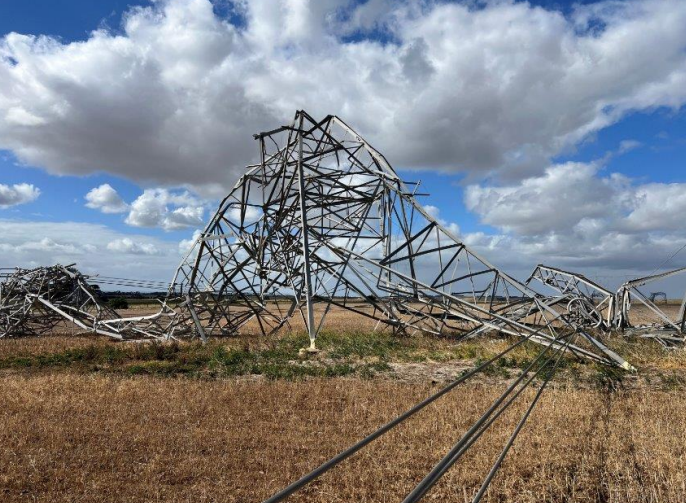
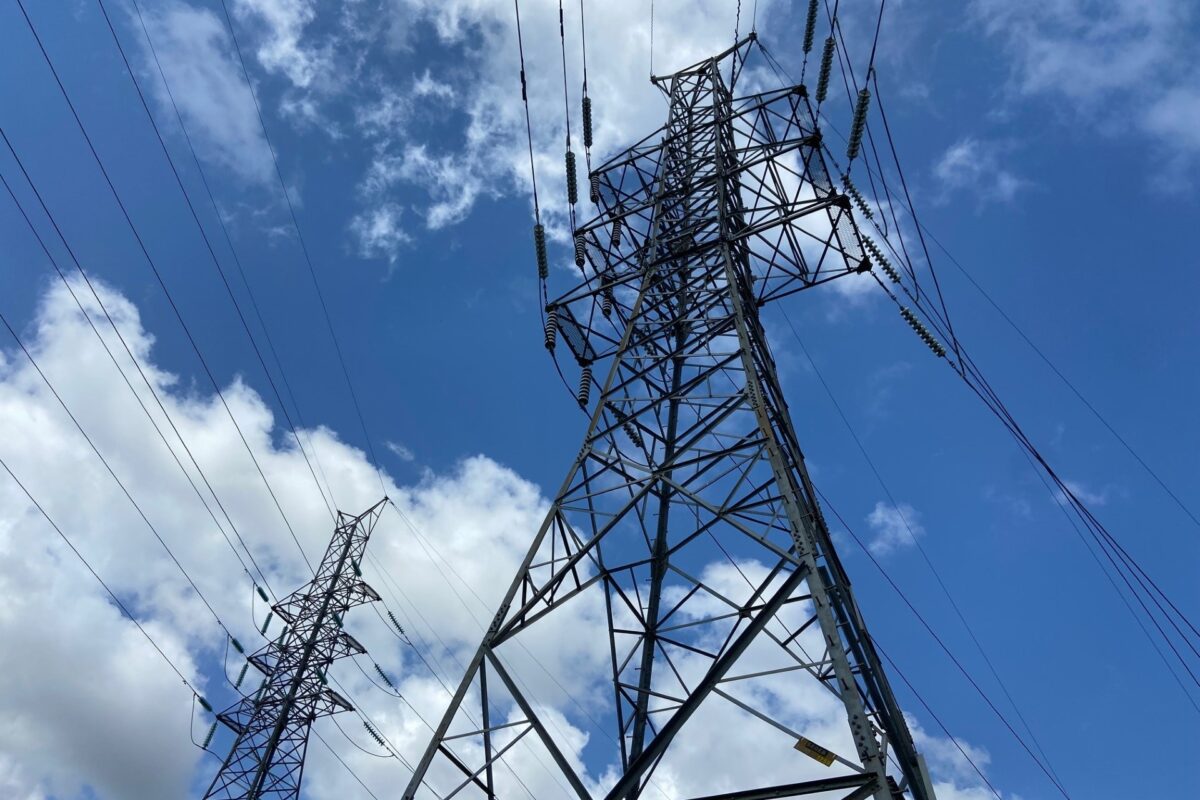


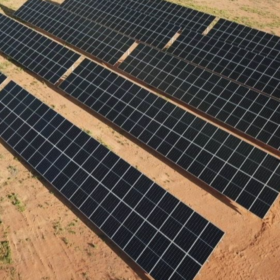
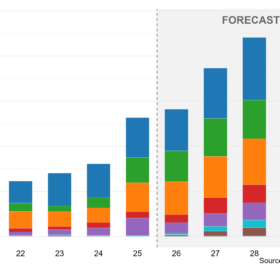
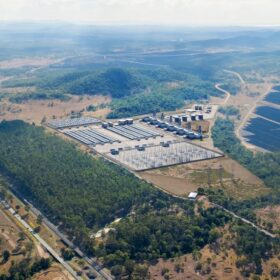
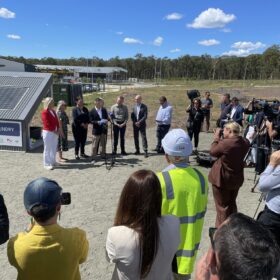
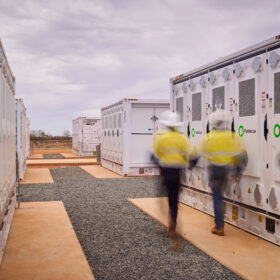
By submitting this form you agree to pv magazine using your data for the purposes of publishing your comment.
Your personal data will only be disclosed or otherwise transmitted to third parties for the purposes of spam filtering or if this is necessary for technical maintenance of the website. Any other transfer to third parties will not take place unless this is justified on the basis of applicable data protection regulations or if pv magazine is legally obliged to do so.
You may revoke this consent at any time with effect for the future, in which case your personal data will be deleted immediately. Otherwise, your data will be deleted if pv magazine has processed your request or the purpose of data storage is fulfilled.
Further information on data privacy can be found in our Data Protection Policy.